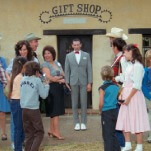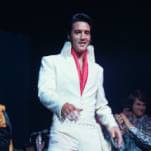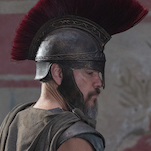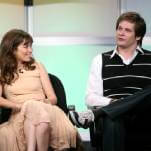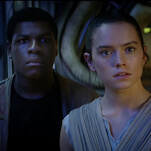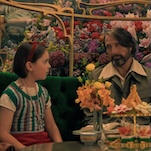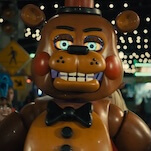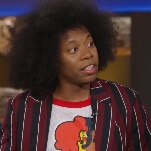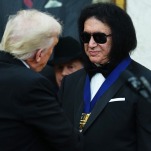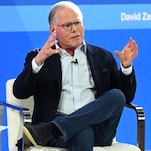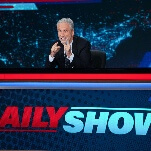Sean Connery could never escape James Bond. Daniel Craig already has
Sean Connery and Daniel Craig serve as the influential bookends of James Bond. Now the latter has a chance to get out from that shadow.
Photo: Bleecker Street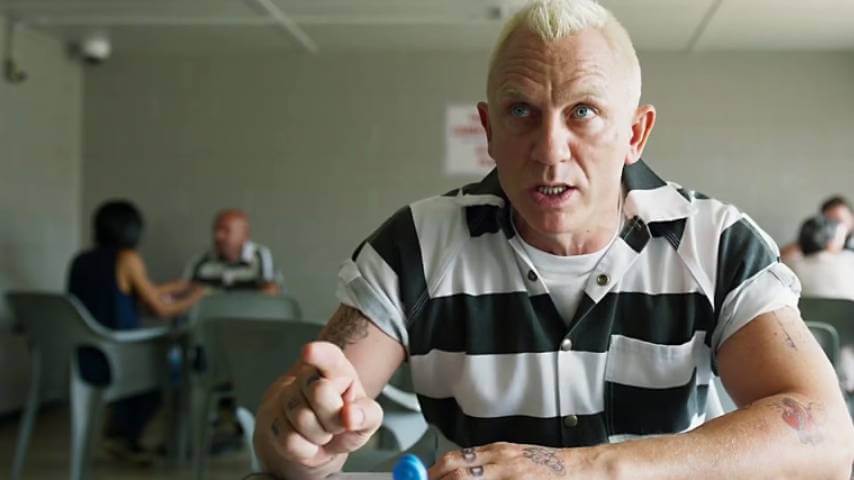
No two actors shaped the role of James Bond as profoundly as Sean Connery and Daniel Craig. Connery was the first to bring him to life, and Craig saw him die. Both were physically imposing—Connery the ex-bodybuilder, and Craig with “that beautiful boxer’s face.” Both were in their early 50s when they played him for the final time. Both were relieved to be done with him. We have three decades of Connery’s post-Bond performances to evaluate. Queer is only Craig’s second film after putting down the Walther PPK for good. But in pondering where Craig’s career might go over his next 30 years, both the roles he’s played between his Bonds and the choices Connery made make for an interesting potential roadmap.
Notoriously, Connery veered off-course almost right out of the post-Bond gate with 1974’s Zardoz. It’s not hard to see how he made such a choice. Director John Boorman had just scored a huge hit with Deliverance. Appearing in his next movie must have seemed a safe bet, and with its sci-fi trappings, likely to help Connery in his quest to shake off the Bond typecasting. As you’ll probably have gathered if you’ve ever even just seen a picture of Connery in his ridiculous costume, however, Zardoz was a mess: high-minded but narratively garbled, full of bizarre moments that really do have to be seen to be believed. And even with its drastically different milieu, it still finds endless ways to portray Connery as godlike and drape women all over him; Zardoz didn’t separate itself all that much from the Bond movies.
If Craig has had a Zardoz, it would perhaps be the wildly misjudged 2017 venture Kings. Like the Connery misfire, it was helmed by a director apparently on a hot streak: Deniz Gamze Ergüven, making her English-language debut after Mustang won her a Best Foreign Film Oscar nod two years earlier. Kings boasted heavy subject matter, being the tale of a Black woman (Halle Berry) trying to shepherd her huge foster family through the fallout from the Rodney King riots. Where Zardoz revolved around Connery the way the Earth revolves around the Sun, in Kings, you have to wonder why Craig is there at all. (And many did.)
Craig is Berry’s neighbor, a fittingly peripheral figure; he’s barely in Kings until the final act. The movie’s climax sees the pair handcuffed to a lamppost during the riots by a cop who’s abandoned them in order to menace someone else. Despite the atrocities all around them, and despite the sequence being intercut with one following a young man bleeding to death, events at the lamppost play out almost like a screwball comedy, with the two trying to solve the logistics of escaping while they indulge in some heavy-duty flirting. If it wasn’t for the…entire context, it actually might have been a charming sequence. The two have chemistry, and Craig’s eventual feat of athleticism that helps them escape is pretty impressive. Unfortunately, the sequence proved the most egregious example of Ergüven’s tonal mismanagement. It, and Kings, were deservedly derided.
Zardoz was arguably the nadir of Connery’s post-Bond career (though it had stiff competition); it’d be remiss to overlook the genuine classics he made too—Indiana Jones And The Last Crusade, The Untouchables, The Man Who Would Be King, In The Name Of The Rose, The Hunt For Red October. He was a seriously talented performer, and had collaborations with John Huston, Steven Spielberg, Sidney Lumet, Richard Attenborough, and Alfred Hitchcock to prove it. Connery would get understandably frustrated at those who, thanks to his association with Bond, did not consider him a proper actor.
Yet there were 32 years between 1971’s Diamonds Are Forever, Connery’s last official Bond entry (1983’s non-canonical Never Say Never Again was made by a different production company than the rest of the series), and his last live-action movie role in 2003’s The League Of Extraordinary Gentlemen. There were diamonds in the rough, but there was an awful lot of rough. In spite of his oft-stated desire to avoid typecasting, time and again he was in forgettable action-adventure schlock where the unshakeable ghost of that superspy was forever looming large. Whatever was happening around him, whether he was on Earth or in space, in the present, future, or way back in the past, Connery was always the center of the action, a figure who could best a man decades his junior using just his right thumb, or with a single punch.
This continued obsession with proving his virility was underscored by his romantic partners. Connery’s retrograde attitudes towards women were well publicized, and often filtered through in his film choices. Most of his classics feature women only peripherally. When he did find himself engaging in romance, he was a one-man PowerPoint presentation on Hollywood’s ludicrous age gap situation—he was 24 years older than Lorraine Bracco in The Medicine Man, 32 years older than Michelle Pfeiffer in The Russia House, and most notoriously of all, 39 years older than Catherine Zeta-Jones in Entrapment. Somehow, as he aged, his love interests didn’t just stay the same, but ended up getting younger.
There was an exception. In 1976’s Robin And Marian, Connery played an aging Robin Hood, who finds himself back in Sherwood Forest again after many years, for one final battle with the Sheriff of Nottingham (Robert Shaw). An elegiac film of saggy aching bodies, existential angst, and brutal fights that look as if they really do take something out of the actors, Connery never seemed more human, or more gentle, than in Robin And Marian. His romance with Marian, played by a beautiful and visibly middle-aged Audrey Hepburn, is often breathtaking in its tenderness and vulnerability—qualities all too rarely exhibited by the bruising Scot.


























